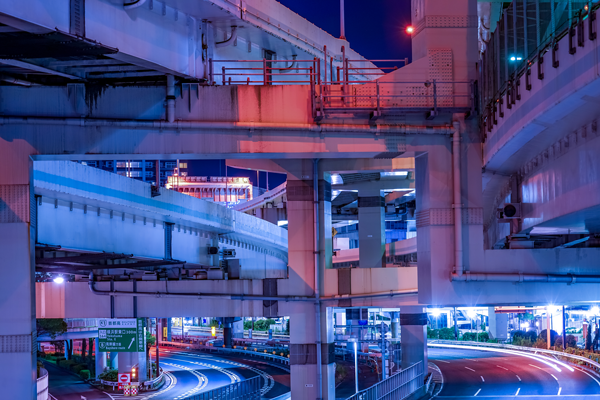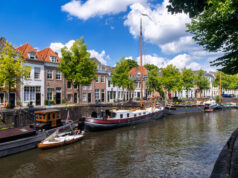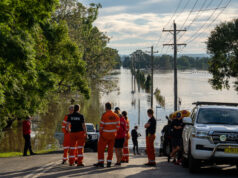Tokyo is converting a two kilometre stretch of expressway into an elevated green walkway as part of the city’s plan to create more pedestrian-friendly and people-centred spaces.
The transformation of the Shimbashi-Kyobashi expressway, also known as the KK Line, will see it become the Tokyo Sky Corridor, a promenade of green running through the heart of the city modelled on the High Line park in New York City.
The expressway has played many roles over the years, always acting as a form of social infrastructure and supporting the needs of the people and the local economy.
Until the early 20th century it served as a transit way for boats, while in the postwar era it supported road traffic. Now in the Tokyo of the 21st century, it will become a green link connecting several of the city’s districts.
The idea to convert the KK Line into the green Tokyo Sky Corridor followed the planned relocation of a section of the Shuto Expressway, which will be moved below ground to connect with a new section of the Inner Circular Route called the Shin-Kyobashi Underground Connecting Road.
The diversion of road traffic and the reduced role of the KK Line created a unique opportunity for urban revitalisation, which will enable pedestrians to enjoy Central Tokyo in a new way.
The public will have access to the site as part of the Ginza Sky Walk 2024 event in May, but new construction will begin in the mid 2020s after the conversion of the expressway from an elevated to an underground road as a first step.
While the target date to complete section is in the 2030s the public will have earlier access through a phased opening plan.
The Tokyo Metropolitan Government (TMG) is promoting walkable urban development, focused on creating spaces that people will want to use on a regular basis.
According to recent analysis of 34 global cities by the World Cities Culture Forum, only 7.5% of the area of Tokyo is public parkland available to residents and visitors.
This compares with Rome at 34.8%, Stockholm with 40% and top ranked Vienna with 45.5%.














